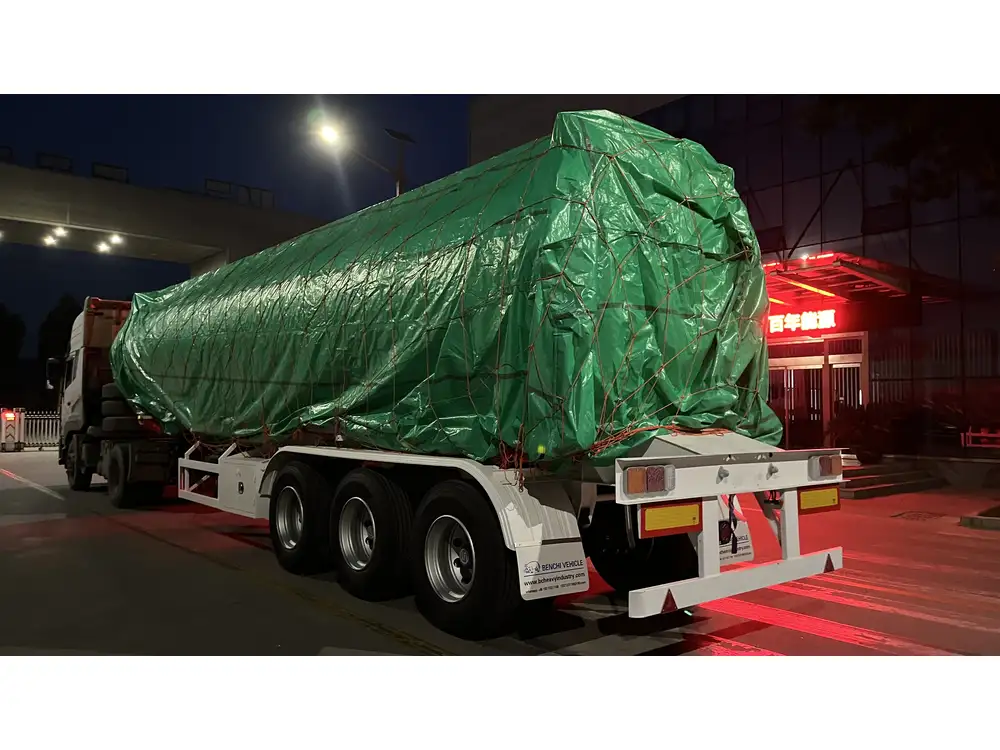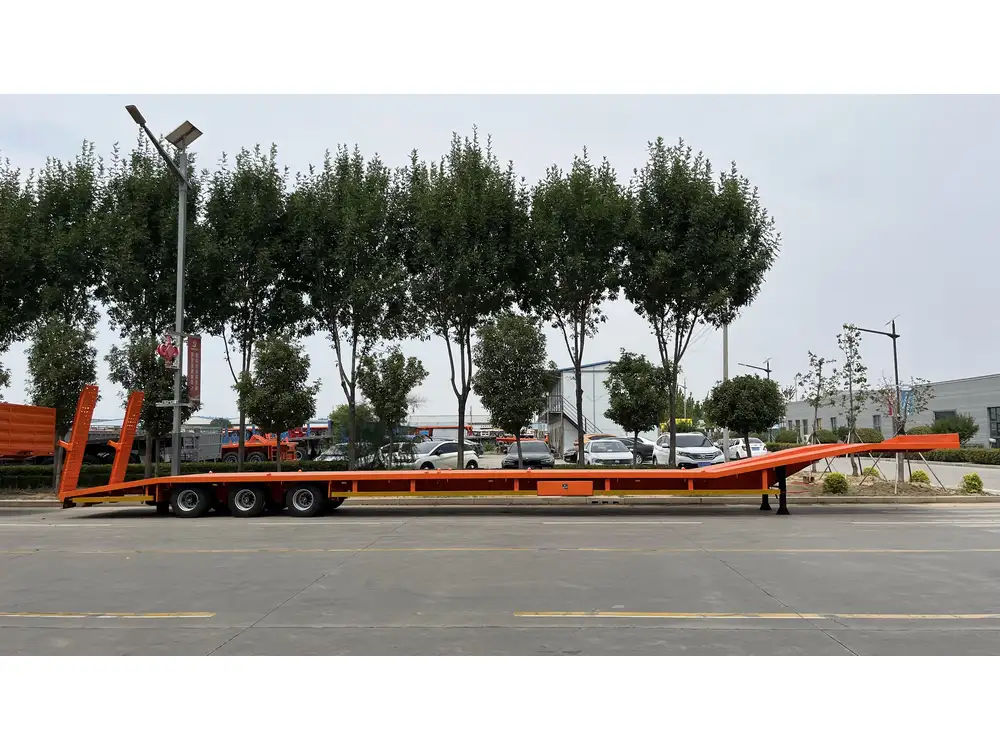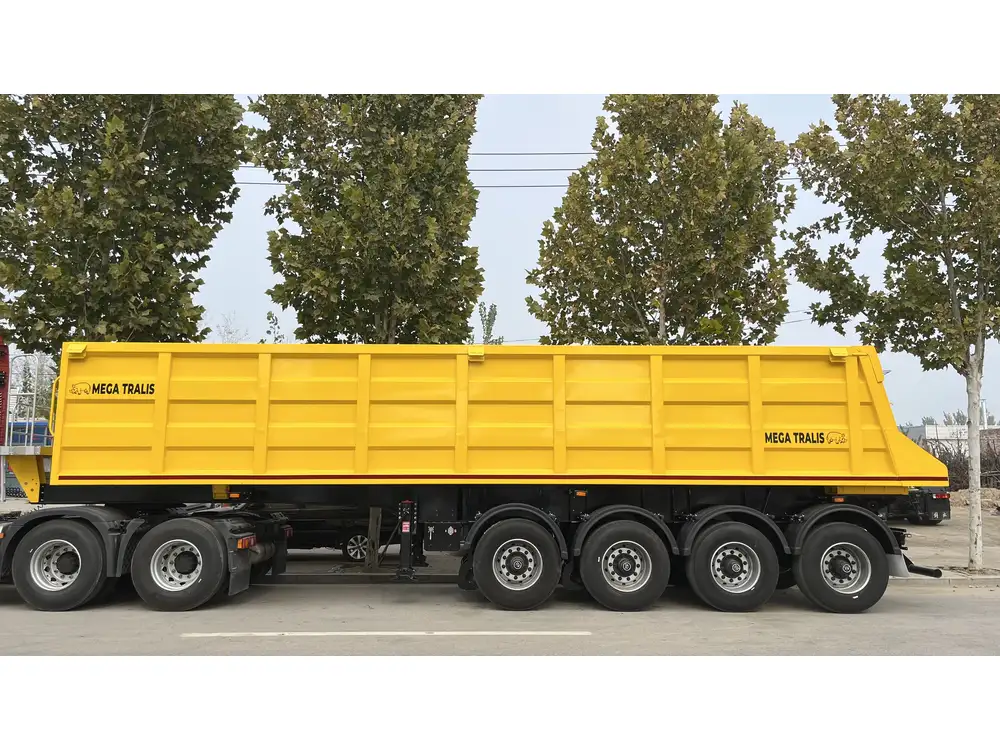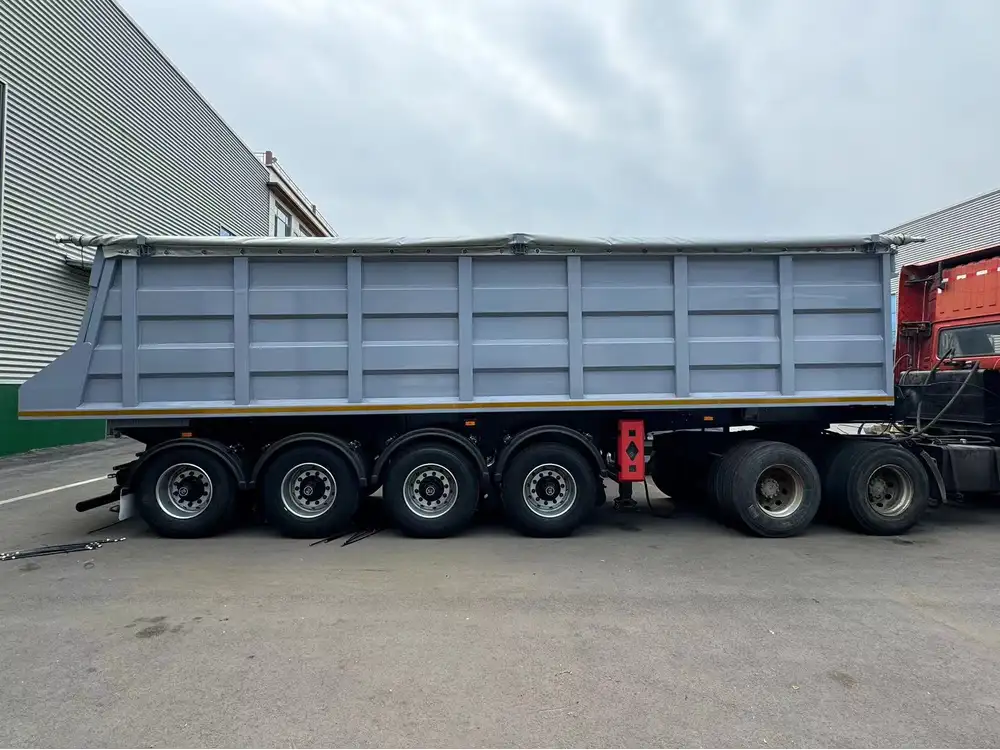When it comes to enhancing your outdoor space with vibrant colors and lush foliage, few plants rival the beauty and adaptability of purple trailing lantana (Lantana camara). This versatile perennial is not only loved for its striking purplish blooms but also for its hardiness and ability to attract pollinators. However, potential gardeners considering container gardening often grapple with a critical question: Will purple trailing lantana do well in containers? Our exploration of this topic delves into the various factors that influence the success of purple trailing lantana in container settings, providing practical advice and insights for both novice and seasoned gardeners alike.
Understanding Purple Trailing Lantana
Botanical Overview
Purple trailing lantana is a sun-loving perennial that falls under the Verbenaceae family. Native to the tropical regions of the Americas, this plant is characterized by:
- Growth Habit: Low-growing and spreading, it can reach heights of 12 to 30 inches with a width that can span over 3 feet.
- Foliage: Dark green, serrated leaves that complement the stunning flower clusters.
- Blooms: Small flowers that bloom from spring to frost, transitioning from purple to lavender, and can even display a mix of colors.

Ideal Growing Conditions
Whether planted in the ground or in containers, understanding its growing conditions is paramount to thriving plants. Here’s what to consider:
| Factor | Ideal Conditions | Suggested Practices |
|---|---|---|
| Light | Full sun (6-8 hours) | Position containers in bright, sunny spots. |
| Soil | Well-draining | Use potting mix enriched with perlite. |
| Water | Moderate hydration | Water when soil feels dry 1-2 inches down. |
| Temperature | Warm climates (65-75°F) | Protect from frost, but it can tolerate mild cold. |
Benefits of Container Growing
Container gardening offers a range of benefits, especially for purple trailing lantana. Here are some compelling reasons to consider container planting:
- Mobility: Easily relocate to optimize sunlight exposure or protect from severe weather.
- Space Efficiency: Perfect for small patios, balconies, or even indoors where traditional garden space may be limited.
- Control Over Soil: Tailor the soil composition to suit specific plant needs, ensuring optimal drainage and nutrients.
- Aesthetics: Decorative pots can enhance the visual appeal of your space while showcasing beautiful lantana blooms.
Will Purple Trailing Lantana Thrive in Containers?

Drainage: The Key to Container Success
One of the foremost considerations in container gardening is drainage. Containers must have adequate drainage holes to prevent water from pooling at the bottom, which can lead to root rot—a common problem for lantana. Here are strategies to ensure effective drainage:
- Choose Appropriate Containers: Select pots with a mix of material such as terracotta or ceramic, as they allow for airflow while providing necessary drainage.
- Layering Technique: Add a layer of gravel or expanded clay pebbles at the base of the pot before filling it with soil to enhance drainage.
Soil Composition and Nutrient Requirements
Soil Quality plays a significant role in the health and longevity of purple trailing lantana in containers. Here’s how to optimize it:
- Start with High-Quality Potting Mix: Look for mixes specifically designed for flowering plants. They often contain organic material to retain moisture and promote aeration.
- Amend with Fertilizer: Applying a slow-release balanced fertilizer in the early growing season can promote robust growth and prolific blooming. Follow the package instructions to avoid nutrient burn.
Watering Routines for Container Lantana
Watering requires keen observation and routine adaptability. Containers typically dry out faster than garden beds. Here’s a guideline:
- Moisture Checks: Regularly check the soil moisture by sticking your finger into the soil about 1-2 inches deep. If it feels dry, it’s time to water.
- Watering Technique: Water thoroughly until you see drainage at the bottom of the pot. In hotter months, you may need to water more frequently—sometimes daily.

Sunlight and Temperature Considerations
Purple trailing lantana thrives in full sun, which should be prioritized even in a container. Here’s how to manage exposure:
- Optimal Placement: Position your containers where they will receive at least 6-8 hours of sunlight daily. This might mean moving pots throughout the season as the sun’s angle changes.
- Temperature Control: While lantana can tolerate heat, it can struggle in extremely low temperatures. If protected indoors during colder months, a sunny windowsill can suffice.
Pest and Disease Management
Despite its hardiness, purple trailing lantana in containers can be susceptible to a few specific pests and diseases. Here’s how to handle them:
Common Pests
- Aphids: Small green or black insects that suck sap. Introduce beneficial insects like ladybugs or use insecticidal soap for control.
- Spider Mites: Known for webbing and causing leaf damage. Increase humidity around the plants or apply pesticides if the invasion is severe.

Diseases to Watch For
- Root Rot: Can occur from overwatering. Always let the soil dry slightly between waterings, and ensure proper drainage.
- Powdery Mildew: Appears as a white dust on foliage, especially in humidity. Space plants properly to allow airflow and remove affected leaves immediately.
| Pest/Disease | Symptoms | Treatment Options |
|---|---|---|
| Aphids | Curling leaves, sticky residues | Insecticidal soap, introduce ladybugs |
| Spider Mites | Webbing, discolored leaves | Increase humidity, use spider mite-specific pesticide |
| Root Rot | Wilting, yellow leaves | Avoid overwatering, check for drainage |
| Powdery Mildew | White powder on leaves | Improve airflow, use fungicide if necessary |
Seasonal Maintenance
Container gardening requires ongoing care throughout the growing season. Here are seasonal tasks to ensure your purple trailing lantana remains thriving and beautiful:
Spring
- Repotting: Assess if your plant has outgrown its pot and consider repotting to give the roots more space.
- Fertilizing: Apply a balanced slow-release fertilizer after the last frost to kick-start growth.

Summer
- Regular Watering: With heat levels rising, ensure consistent watering; daily checks may be necessary.
- Pruning: Trim back spent blooms and overgrown stems regularly to encourage new growth and help maintain an attractive shape.
Fall
- Preparation for Winter: Depending on your climate, consider bringing pots indoors if temperatures drop. Assess for pests before transitioning the plant indoors.
Winter
- Indoor Care: Place your pot in a well-lit area indoors and maintain moderate moisture. Reduce watering as the plant enters dormancy.

Year-Round
- Monitoring: Keep an eye for pests or signs of disease each time you tend to your plants. Early intervention can save your lantana from serious damage.
Conclusion: A Flourishing Container Garden Awaits
In the realm of container gardening, purple trailing lantana emerges as a champion of vibrant color and resilience. When provided with the right conditions—adequate sunlight, proper watering techniques, and a nutrient-rich potting mix—it can flourish in containers, bringing endless beauty and joy to your outdoor spaces. Whether you are a seasoned gardener or a beginners, embracing the artistry of container planting can lead to remarkable results.
By following the guidelines outlined in this guide, you’re equipped to successfully cultivate purple trailing lantana in containers and experience the rewards of nurturing your very own burst of color throughout the seasons.



